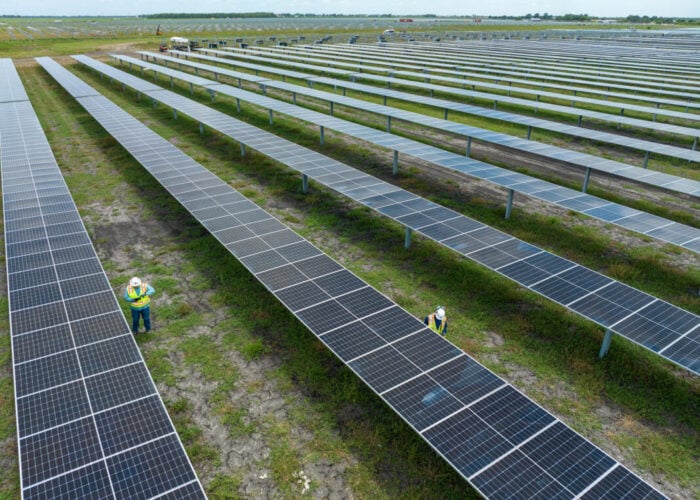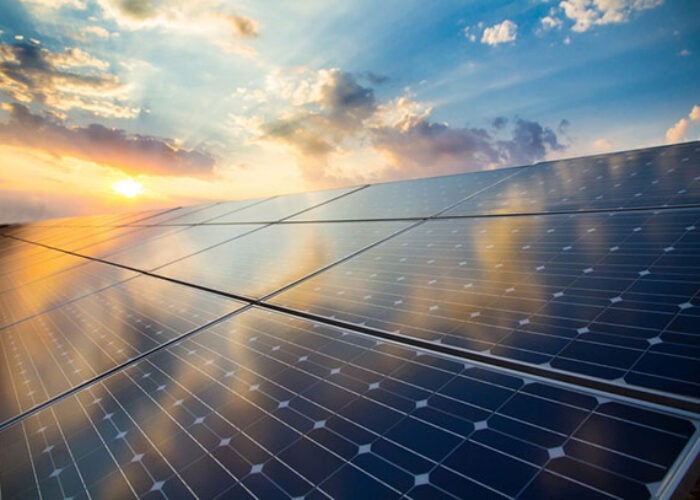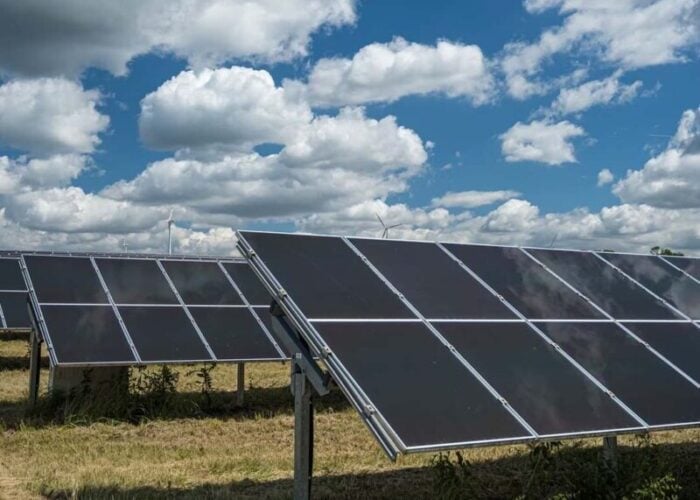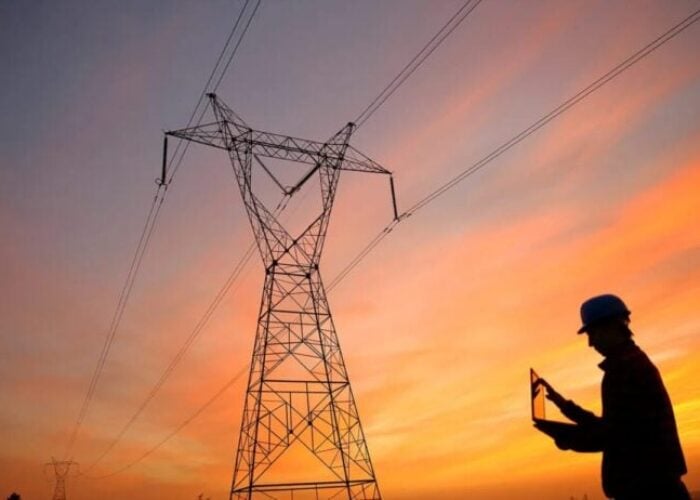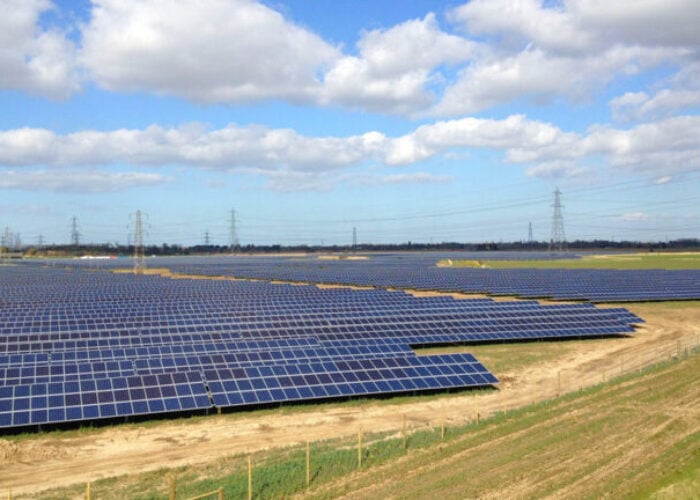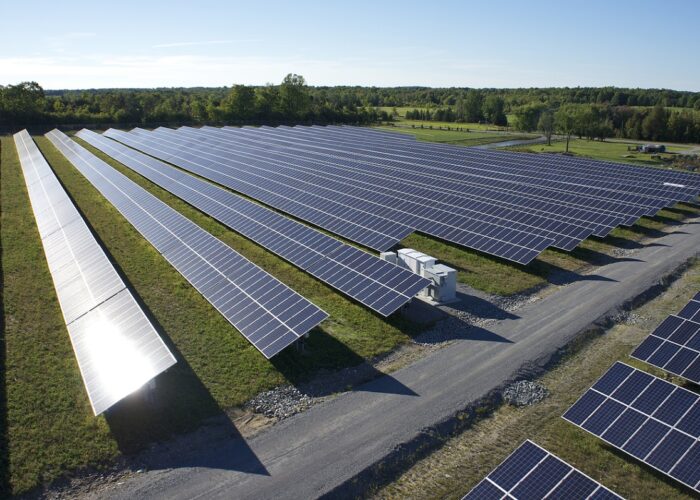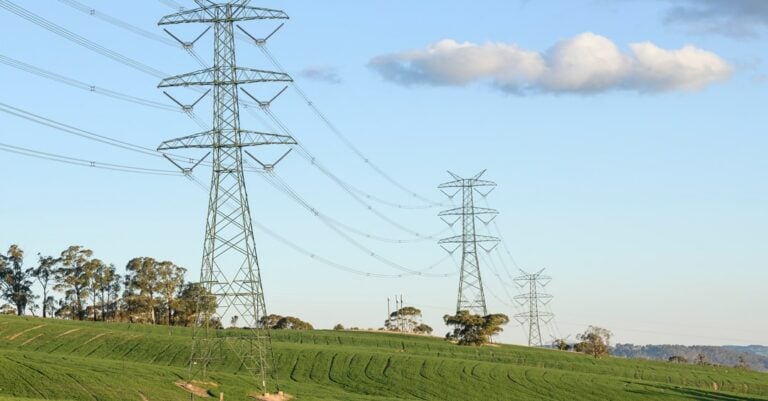
Australian transmission system operator Transgrid has signaled in a new report that remote inland renewable energy zones (REZ) could provide additional renewable energy sources in the mid-2030s, with western New South Wales (NSW) identified as a region with “excellent potential”.
This year’s edition of Transgrid’s Transmission Planning Annual Report (TAPR) report details that the western portion of NSW has “excellent” solar and wind resources on under-utilised, low-density land. Developing smaller-scale remote REZs could help provide an influx of renewable energy generation and grid balancing services.
Unlock unlimited access for 12 whole months of distinctive global analysis
Photovoltaics International is now included.
- Regular insight and analysis of the industry’s biggest developments
- In-depth interviews with the industry’s leading figures
- Unlimited digital access to the PV Tech Power journal catalogue
- Unlimited digital access to the Photovoltaics International journal catalogue
- Access to more than 1,000 technical papers
- Discounts on Solar Media’s portfolio of events, in-person and virtual
Readers of PV Tech will be well aware of the utility-scale REZ facilities being developed across Australia. The REZs are each deemed critical infrastructure projects, coupling transmission infrastructure with large-scale energy generation, such as solar PV and wind, alongside energy storage capabilities. The Energy Corporation of NSW (EnergyCo) describes them as the “modern-day equivalent of power stations”.
The NSW government is developing at least five separate multi-gigawatt REZ facilities connected to the grid and partially using long-duration energy storage (LDES) to replace traditional centralised power plants. The five REZs include the Hunter-Central Coast, the South-West, New England, Central-West Orana, and Illawarra.
Elsewhere, Queensland recently published a roadmap detailing how it would develop its 12 REZs. Victoria, on the other hand, has identified six REZ locations.
Remote inland REZs could be developed across several locations in NSW, including Broken Hill, Noona, and the Northwest Horizon regions. Transgrid said all of these regions have “some of the best” solar and wind resources readily available anywhere on the National Electricity Market (NEM).
It added that the organisation was actively exploring the viability of the inland REZs and developing multiple corridors from existing networks to connect them to the NEM.
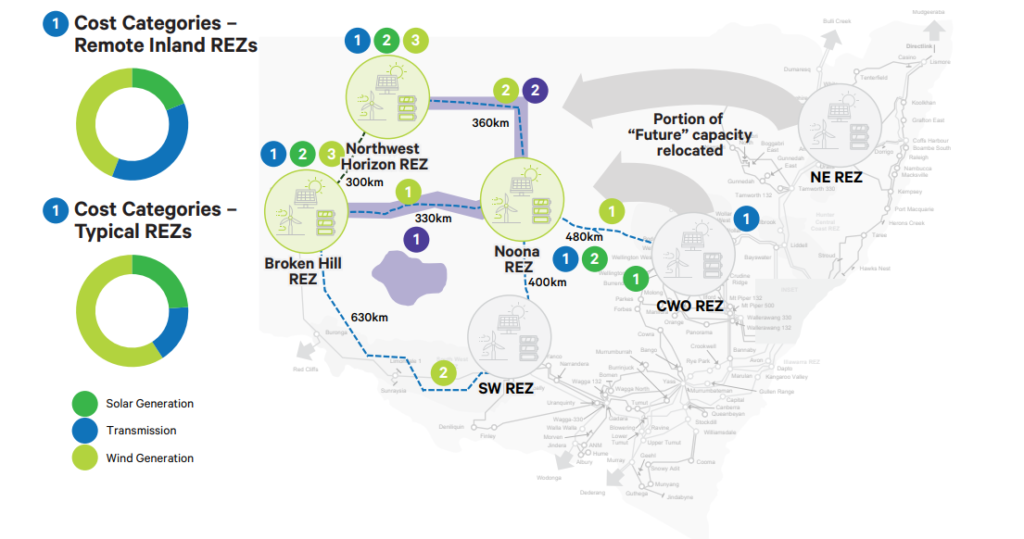
REZ costs remain competitive
Another key report finding is that REZ costs remain competitive against alternative options. Transgrid added that opportunities to develop more complementary generation profiles, wholesale generation and excess storage costs could be offset by building additional transmission and strategically placed energy storage capabilities.
Developing diverse generation in inland REZs could also facilitate cost-effective asset buildout. According to the report, the Levelised Cost of Transmission (LCOT) may be lower due to longer transmission asset life, with potential cost reductions from smaller generators and reduced storage needs.
It should also be noted that land-use footprint will benefit from the inland REZ zones. 7.5GW of any future REZ capacity would need around 90,000 – 130,000 hectares, according to Transgrid’s analysis, which is of high value in existing regions.
The primary land use in remote inland REZ regions is mainly characterised by localised mining, private land use, pastoral activities, and lower concentration of agricultural activities.
Trasgrid argues that an approach that utilises remote inland REZs would allow for the optimal combination of renewable energy generation technologies in ideal locations. By leveraging the unique characteristics of various generation technologies, it would be possible to optimise the production, storage, and transmission of electricity, ultimately resulting in lower costs for consumers.
A portfolio approach would also involve connecting power generation sources with a variety of transmission infrastructure within a ‘meshed’ network topology. Meshed network topologies enhance system resilience, offering extra protection and ensuring continuity of service in the event of a grid disturbance.
This would be especially crucial in western NSW, where the current transmission infrastructure interconnection is minimal compared to the existing backbone network.

